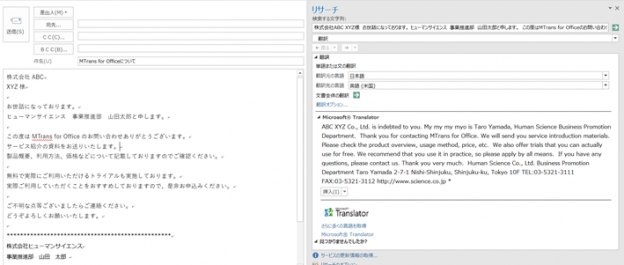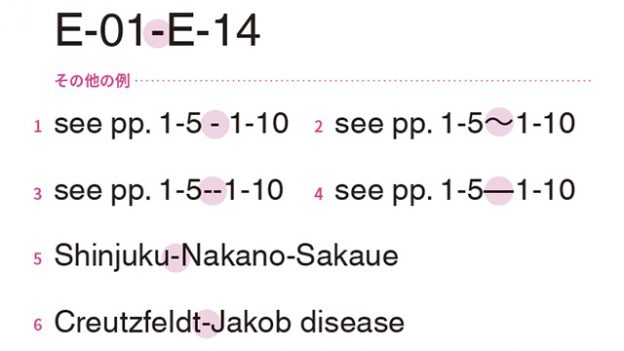
Around the world, machine translation (MT) is growing in popularity and corporate use. At Human Science we pride ourselves on keeping up with such global trends and driving the utilization of these cutting-edge translation technologies in Japan. But what does the present and future of MT look like across the sea? This post aims to provide an overview of how MT is being utilized in Western markets and the role of language service providers (LSP) in the development of MT technology. And in the series to follow, we aim to highlight specific LSPs and how they are contributing to the growth of MT.
What the Statistics Tell Us
According to a survey conducted by Nimdzi of the top 100 ranking LSPs from around the world, a significant 79% of respondents for the 2022 list offer some form of machine translation and post-editing service. This number has been increasing rapidly over the past few years. A driving factor behind the change is the inverse relationship between growing volumes of text and tightening budgets, which drives LSPs to reduce costs while raising efficiency as much as possible. Automating the translation process is an increasingly popular solution.
Human Factors Related to MT
To some, this may seem to indicate that the human factor is being erased from the translation process, but that is far from the case. In addition to the need for human linguists who can correct and refine MT output, the development, maintenance, and improvement of MT engines themselves are undertakings that require a human touch. As such, a number of LSPs are diversifying into activities such as data annotation for AI learning, xml editing, and other services that contribute to the growth and application of MT engines, rather than focusing on just the translation output. In addition, some LSPs are investing in people and tech to evaluate MT engines, curate MT training, calibrate MT processes, and shoulder the burden of knowledge and responsibility for clients who may want to implement MT but require consultation or expert assistance in order to proceed.
Conclusions
Since its inception, machine translation has been a useful tool to help translators provide quick and accurate translations, but as the technology has progressed in both overall quality and customizability, it has become a service unto itself. And while translators are not at risk of losing their jobs to automation, LSPs who do not actively pursue the utilization of MT are at risk of being outpaced by the growth of the industry. The implementation of MT has many complex facets for LSPs to pursue, and the global language market is quickly diversifying to anticipate growing needs related to safe, easy, and reliable MT services.
References: Nimdzi 100 Ranking
執筆者情報

-
Rachel TackettMultilingual Translation Group
JP→EN Translation Reviewer- ・Before joining Human Science, Rachel worked for two years as an English teaching assistant, and then another two years as a writer and translator of Asian culture and entertainment news.
- ・She has since amassed over six years of experience in technical translation and the production of technical manuals.
- ・She is currently engaged in Japanese to English translation and quality control for technical documents such as product manuals, help pages, and work manuals for SaaS and other big industries.
- ・She is also in charge of quality assessment and verification for Japanese to English translations by machine translation engines.
























